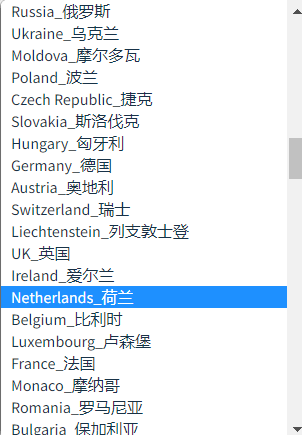Hi folks,
My school has recently purchased 90× AM103 (CO2 / temp / hum) sensors. During exam surveillance last Thursday I got bored and found out they have NFC and using their app I found out they have LoRaWAN.
I configured and connected it - all went well. Every 10 minutes it sent an uplink.
Now I checked it this morning, and it’s sent 438 uplinks but caused 147 downlinks in three days??
The AM103 is not present in the device repository - I added it manually to TTN. AppEUI, DevEUI and AppKey were present in the device and copied into TTN. LoRaWAN version 1.0.3 also taken from their app. OTAA and ADR enabled. Unconfirmed uplinks.
It is currently hibernating (it should have woken up but apparently it’s drunk) - I can check on it in one and a half hour to try and catch some of those downlinks. Will follow this up with one of those downlinks.
Anyone experienced with this device? School’s looking to hook up all 90 to a dashboard… so I better figure this out in advance ![]()
Cheers, Steven
